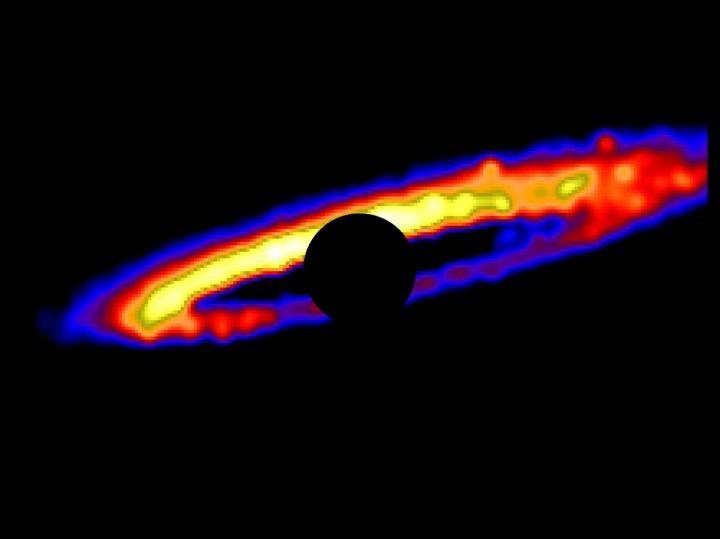Planet Nine – Reality?
Planet Nine could be exciting to study rather than being only present, it is a lot more and of course only if it exists. So for those who have no idea about Planet Nine, it is the hypothetical planet that is present in the outer regions of the solar system.
So Planet Nine can be a reality as a new study suggests that exotic exoplanet HD 106906 b is analogous which is as big as Neptune which is hypothetically hiding in the outer skirts of our solar system. The exoplanet was discovered in 2013 and has 11 times the mass of Jupiter and 336 light-years away from Earth, near the HD 106906 (the double star).
Young Stellar Duo
The young HD 106906 stellar duo is just 15 million years old and is to date bordered by a dusty debris disk. So the disk may have been the origin of HD 106906 b but doesn’t seem to be the part of it as observed by zooming along high above the disk’s plane. The exoplanet is 737 astronomical units (AU) away from the double star which is approximately 25 times far as Neptune is from the sun.

So scientists are considering the exoplanet a hot subject and debating whether the alien planet is still a member of the HD 106906 system or if it’s now running away from the two stars due to the gravitational interaction. This is supported by the photographs taken by Gemini South Telescope in Chile a few years back which showed that HD 106906’s outer dust disk and inner comet disk are lopsided. As per modeling done previously indicates that this sculpting could have been done by HD 106906 b if the planet had approached the system’s center and was then forced outwards after a close meeting with the double stars.
These close encounters result in getting kicked out of the system and wander alone by becoming a rogue planet and wandering the streets of the universe until some other gravitational interaction tangles the planet and luckily this time it was the force of the star that wandered close to HD 106906.
This has been written in a couple of researches, one from the last years identifying several stars that could have provided such a nudge about 3 million years ago and the new paper suggesting that those interloping stars may luckily have kept HD 106906 b from becoming a rogue planet.
14 Years of analysis
Data from NASA‘s Hubble Space Telescope and Europe’s Gaia spacecraft was combined by researchers led by Meiji Nguyen, a recent graduate of the University of California, Berkeley as they scrutinized observations made between 2004 and 2018 of the HD 106906 system. This data helped scientists to point down the locations of the HD 106906 binary and the giant planet. A very long elliptical but stable orbit was recognized for the HD 106906 b around its two parent stars, one lap lasting for 15,000 years.

Nguyen said in a statement that in only 14 years of observations, they were able to get a constraint on the orbit, confirming their suspicion that it was very misaligned and they also found that it is on an approximately 15000-year orbit.
He also added that the fact that their results are consistent with prediction is a strong piece of evidence that this planet is, indeed, bound and in the future, a radial velocity measurement is required to confirm their findings.
Relations with Planet Nine?
The history of HD 106906 b is similar to the theory proposed to explain how Planet Nine or Planet Next/X or Giant Planet Five could have gotten into and stayed in its orbit which is a highly elliptical path that keeps it hundreds of AU from the sun.
Nguyen said that the thing which makes HD 106906 unique is that it is the only exoplanet known that is directly imaged, covered by a debris disk, is widely separated and misaligned in respect to its system. Nguyen added that all these things make it the sole candidate they found so far whose orbit is comparable to hypothetical Planet Nine.
You can visit arXiv.org to read a preprint of a new study published online in The Astronomical Journal for free.

1 Comment
Pingback: Astronomers Suggest New Location of Planet Nine - Craffic